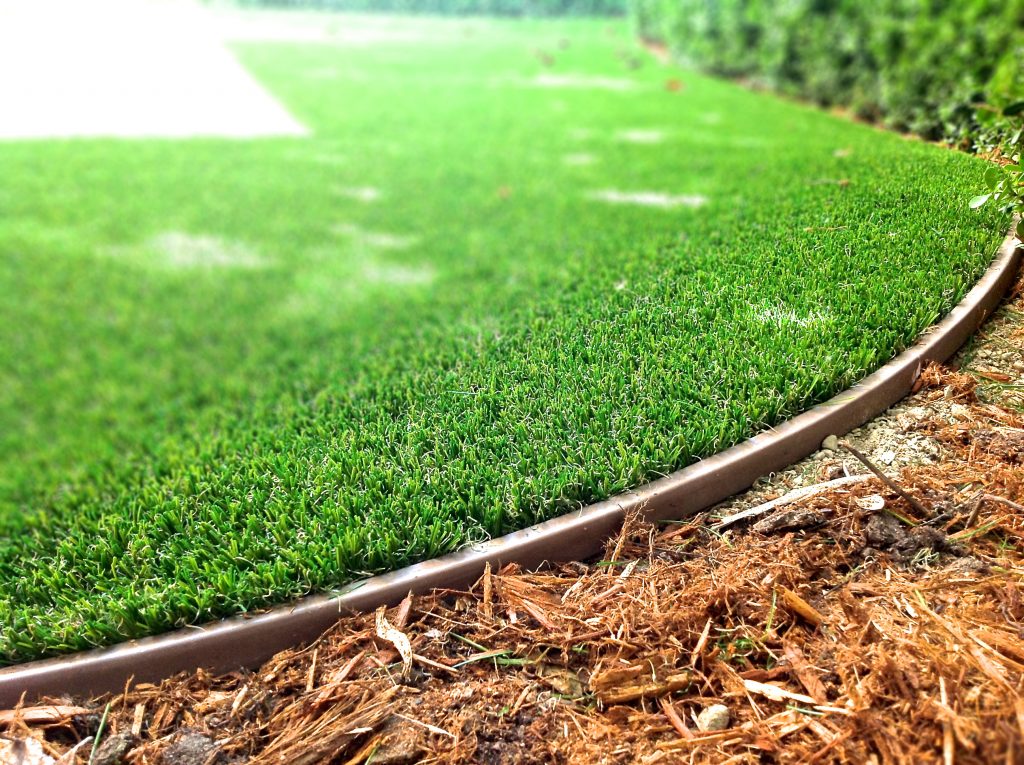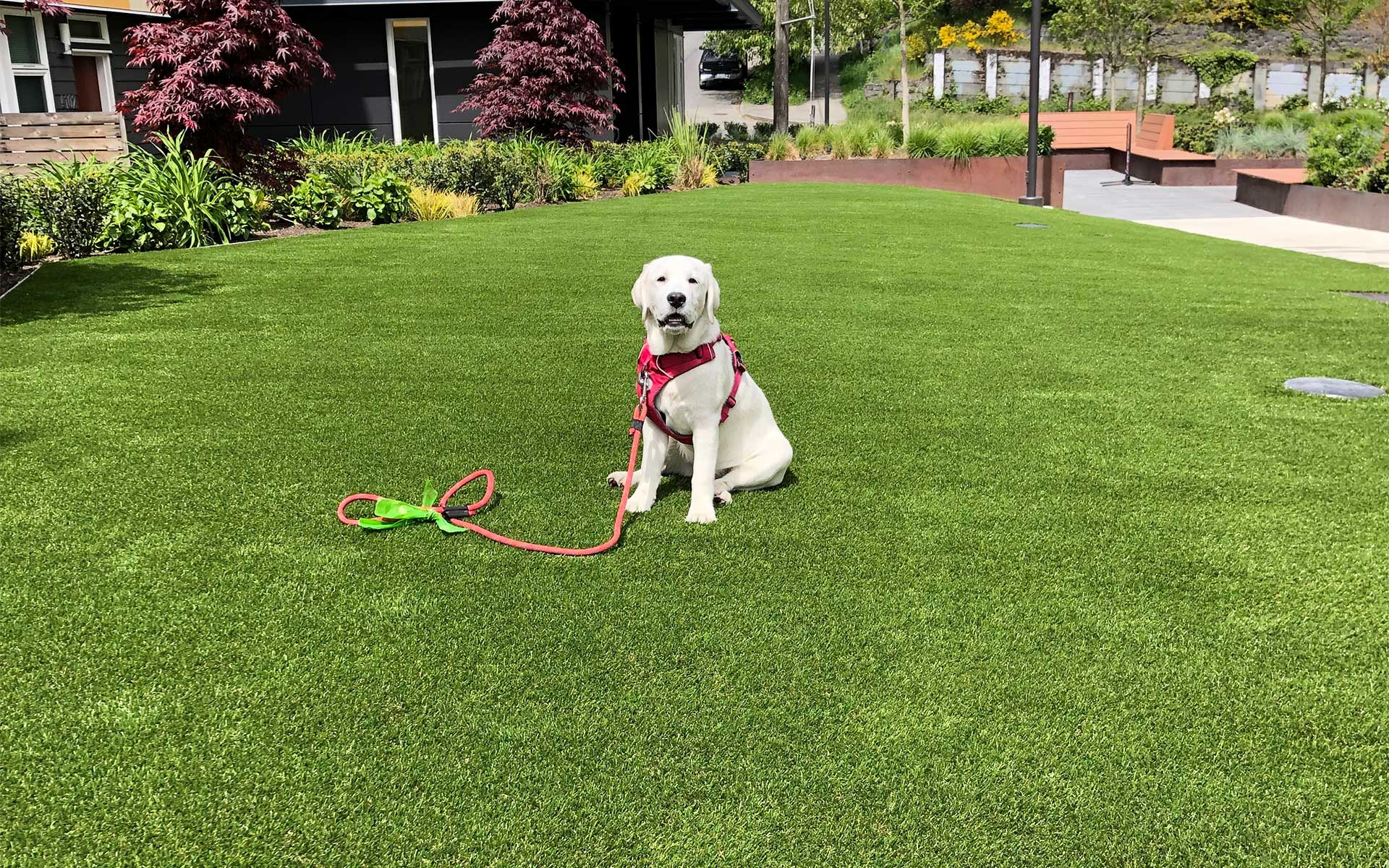Expert Arizona Turf Providers Offering a Natural-Looking Lawn Option
Expert Arizona Turf Providers Offering a Natural-Looking Lawn Option
Blog Article
See Why Homeowners Prefer Artificial Turf for Lasting Landscape Design Practices
As homeowners significantly prioritize sustainability in landscape design, artificial grass has actually emerged as an engaging alternative to traditional turf. What stays to be discovered is the full range of advantages that synthetic grass can offer to homeowners and the atmosphere alike.
Water Conservation Conveniences
Among one of the most substantial advantages of synthetic grass is its role in water preservation. Conventional grass lawns require considerable amounts of water to maintain their lush appearance, commonly bring about overuse of local water resources, particularly in arid areas. On the other hand, synthetic grass removes this need entirely, as it does not need irrigation. This not only saves water however also reduces the strain on local water systems, especially during dry spell conditions.
Additionally, the setup of synthetic grass can add to a more lasting landscape. House owners can substantially reduce their water bills, enabling for reallocation of resources to various other ecological efforts or house uses. Additionally, fabricated turf is created to hold up against different climatic problems without the need for extra watering, making it a perfect choice for areas facing water scarcity.
The environmental advantages extend beyond instant water cost savings. By lowering water usage, synthetic grass helps to alleviate the impacts of climate modification, protecting crucial communities that are intimidated by too much water removal. As lasting landscape design methods gain traction, synthetic grass arises as a liable selection for house owners seeking to produce green outdoor spaces.
Lowered Upkeep Initiatives
Artificial lawn substantially decreases maintenance efforts compared to conventional grass yards. With fabricated lawn, homeowners can get rid of the time-consuming jobs related to natural landscape design, such as mowing, fertilizing, and weeding. This not only saves beneficial time yet additionally reduces physical labor, making yard care obtainable for individuals of any ages.
One of the most significant benefits is the lack of regular mowing. Typical grass call for regular trimming to keep a visually pleasing height, whereas synthetic grass continues to be consistently lavish without the demand for reducing. In addition, homeowners no longer require to apply chemicals or plant foods, which are commonly called for to maintain natural turf healthy and balanced. This change not only lightens the work but additionally advertises a neater, more uniform appearance year-round.
Moreover, synthetic grass is long lasting and resilient, requiring very little maintenance past occasional brushing and rinsing to remove particles. This ease of upkeep permits home owners to appreciate their exterior rooms without the constant fear of upkeep, providing more time for leisure and household activities. Ultimately, the lowered maintenance initiatives related to artificial lawn make it an enticing choice for those looking for a low-maintenance, aesthetically appealing landscape.

Environmental Effect Reduction
There is a growing recognition of the ecological advantages related to man-made grass, specifically in terms of water preservation and decreased chemical usage. Typical lawns need substantial quantities of water, especially in drought-prone areas, leading to increased pressure on neighborhood water sources. On the other hand, fabricated lawn eliminates the demand for irrigation, considerably minimizing water usage and advertising sustainability.
Additionally, conventional lawn maintenance frequently involves the application of chemicals, fertilizers, and herbicides, which can add to dirt and water air pollution. Synthetic grass alleviates this environmental hazard by calling for minimal upkeep and essentially getting rid of the requirement for dangerous chemicals. This not only enhances soil wellness however also secures local ecosystems from harmful overflow.
In addition, the production of all-natural lawn yards normally includes the use of nonrenewable fuel sources for mowing and landscape design equipment, more contributing to greenhouse gas exhausts. By picking fabricated grass, home owners can dramatically lower their carbon footprint associated with lawn treatment tasks.
Aesthetic Appeal and Adaptability
Along with its environmental benefits, synthetic grass offers considerable aesthetic appeal and adaptability for landscaping. Homeowners can achieve a lavish, environment-friendly look year-round, getting rid of the seasonal changes commonly related to all-natural lawn. This regular aesthetic not only boosts the visual appeal of a residential property but also adds to a well-maintained and polished appearance.
Moreover, artificial grass is available in a selection of shades, appearances, and styles, permitting personalization to match private preferences and style motifs - Arizona turf. Whether made use of in residential gardens, industrial spaces, or leisure locations, it can flawlessly integrate right into diverse landscaping layouts, from modern minimalist to lush tropical settings
The versatility of synthetic lawn expands past simple look; it can be installed in numerous locations, including rooftops, patio areas, and even interior areas, creating opportunities for unique landscaping solutions. Furthermore, it appropriates for a variety of activities, from children's play locations to pet-friendly environments, supplying functionality without jeopardizing style.
Ultimately, the visual allure and versatility of synthetic turf make it an attractive alternative for property owners looking for lasting landscape design services that do not compromise charm for environmental obligation.

Long-Term Expense Financial Savings
One of the blog here most engaging benefits of fabricated lawn is its possibility for lasting cost savings. Unlike all-natural lawn, which calls for regular maintenance-- consisting of mowing, watering, feeding, and parasite control-- man-made grass considerably minimizes these continuous expenses.
In addition, synthetic grass has a life expectancy websites of 15 to 25 years, depending upon its quality and usage. This sturdiness minimizes substitute expenses, making it a much more affordable choice over time. The first investment in fabricated turf can typically be recovered through the financial savings accumulated over time.
While the upfront price may seem higher compared to sod installment, the collective financial savings from decreased upkeep and water use typically exceed these initial expenses. Ultimately, the fostering of synthetic grass not just promotes a sustainable landscape design option but additionally uses property owners a financially savvy choice that lines up with long-term budgeting goals.
Verdict
Synthetic turf arises as an engaging choice for sustainable landscaping, supplying substantial benefits in water conservation, reduced upkeep initiatives, and diminished ecological effect. As neighborhoods increasingly focus on ecologically friendly practices, the fostering of synthetic turf stands for a modern step towards accomplishing sustainable and resilient landscapes.
Additionally, man-made turf is designed to stand up to various climatic conditions without the requirement for supplemental watering, making it an excellent option for regions dealing with water shortage. (Arizona turf)

Fabricated lawn arises as an engaging alternative for lasting landscape design, providing considerable advantages in water preservation, lowered upkeep efforts, and decreased ecological impact.
Report this page